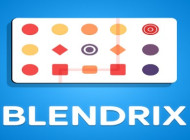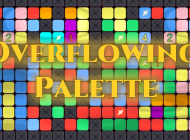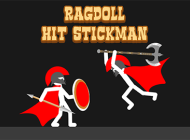Relate Games
Sliding Puzzle
Sliding puzzles typically consist of a grid of squares or tiles that can be moved horizontally or vertically to rearrange them into a specific configuration. While the exact design and layout of levels or stages can vary depending on the specific sliding puzzle game, here are some key features you might find:
Grid Size: Sliding puzzles can have different grid sizes, such as 3x3, 4x4, 5x5, or even larger. The grid size determines the number of tiles or squares present in the puzzle. Smaller grid sizes are generally easier to solve, while larger ones offer more complexity and challenge.
Initial Configuration: Each level or stage of a sliding puzzle begins with a specific initial configuration of the tiles. The tiles may be arranged randomly or based on a predetermined pattern. The initial configuration serves as the starting point for the player to manipulate and solve the puzzle.
Target Configuration: The goal of each level or stage is to rearrange the tiles from the initial configuration into a target configuration. The target configuration is the desired arrangement that the player must achieve to solve the puzzle. It is usually a predefined pattern or a specific image.
Moves and Constraints: Sliding puzzles typically allow tiles to move horizontally or vertically into adjacent empty spaces. The player can usually slide a single tile at a time, and some puzzles may restrict certain movements or impose additional constraints. For example, a tile may only be able to move if there is an empty space next to it.
Difficulty Progression: Sliding puzzle games often feature multiple levels or stages with increasing difficulty. As the player advances through the game, the puzzles become more challenging by introducing larger grid sizes, more complex initial configurations, or additional constraints. This gradual progression keeps the game engaging and encourages skill development.
Time or Move Constraints: Some sliding puzzle games incorporate time or move constraints to add an extra layer of challenge. The player may be required to solve the puzzle within a specified time limit or achieve the target configuration in a limited number of moves. These constraints increase the pressure and test the player's efficiency and decision-making skills.
Unlockable Content: In certain sliding puzzle games, completing levels or stages may unlock additional content, such as new puzzle sets, themes, or bonus challenges. This provides an incentive for players to progress and adds variety to the gameplay experience.
It's important to note that the specific features and mechanics of levels or stages in sliding puzzle games can vary significantly across different titles. These features serve to enhance the gameplay experience and offer a progression of challenges to keep players engaged and motivated.
Instructions
using mouse



































